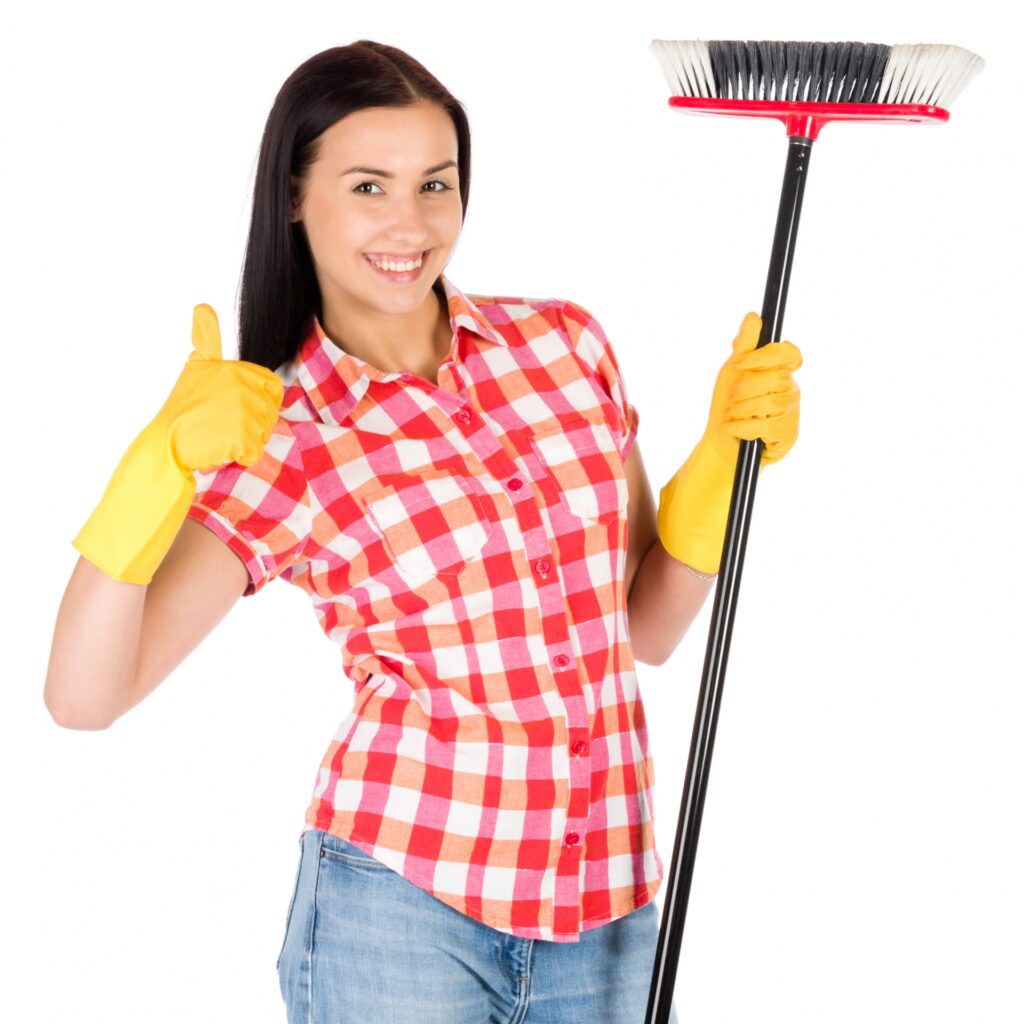If you’re a cleaner in London who’s done even one end-of-tenancy job, you’ll know the quiet dread that creeps in the moment the client says, “It’s my first flat.” I’ve learned the hard way that those five little words change everything. You’re no longer just cleaning. You’re now the cleaner, the educator, the therapist, the unofficial legal adviser—and the unlucky soul about to get caught in a tug-of-war between an inexperienced tenant and a ruthless letting agent.
Here’s the thing. First-time tenants are not always bad people. Many of them mean well. But they come armed with idealism, inexperience, and a deep belief that life should be fair. Unfortunately, London’s rental market doesn’t do fair. And end-of-tenancy cleans don’t care about your feelings—they care about dirt, dust, and whether the oven is sparkling.
From scrubbing mystery stains off walls to explaining that yes, you really do need to clean the skirting boards, we cleaners see it all. And the patterns are painfully clear. The first-time renters bring more chaos, more complaints, and far more confusion than your average seasoned tenant. If you’re a pro cleaner quoting for one of these jobs, stop and ask the question: Is this their first time moving out? If the answer is yes—buckle your metaphorical mop. You’re in for a ride.
Let’s break down why these clients can be more hassle than they’re worth, and how to spot the warning signs before they’ve even handed over their keys.
Always Ask the One Question That Matters
“Is this your first time moving out?” – Why it matters more than the square footage
When you’re pricing a tenancy clean, you usually want to know the size of the property, how many bathrooms, whether there are pets. But there’s one thing that tells you more than all that combined: is the tenant a first-timer?
If they are, you’re about to inherit a flat that probably hasn’t been cleaned properly in at least a year. That oven? It’s seen every cheesy chip and forgotten lasagne since day one. The bathroom? Let’s just say their version of “wiping it down regularly” might mean spraying some Febreze at it once a month. Maybe.
More than that, they’ve likely never read the fine print on their tenancy agreement. So you’re not just cleaning—you’re damage control for what the agent will almost certainly call “negligence.”
First-timers also underestimate how long a proper clean takes. They assume you’ll be in and out in an hour with a feather duster and a smile. Then they gasp when you quote a fair rate, because surely “it’s not that bad.”
Always ask. Then quote with caution.
They Don’t Know What They’ve Signed Up For
Contracts? What Contracts?
If I had a tenner for every time a first-time tenant told me, “It didn’t say that in the contract”, I’d be sipping wine in Santorini by now. The thing is—it usually did say it. They just didn’t read it.
Most landlords and agents include a pretty standard clause: the property must be returned in the same condition it was received, minus fair wear and tear. That means no sticky floors, no limescale, no food gunk welded to the microwave plate. It also means the flat must look clean—yes, even behind the sofa.
But for many young renters, this is news. No one explained it. And when they do glance at the contract, they get stuck somewhere around “inventory check” and zone out. So when the letting agent flags fifteen different “issues,” they feel ambushed. And you, dear cleaner, are stuck in the middle—trying to defend the quality of your work while calming a panicking tenant who suddenly thinks everyone is out to get them.
They’re not lazy. They’re just green. But that doesn’t make your job any easier.
Gen Z: The Flatmates of Chaos
Why this generation is built for conflict, not compliance
Here’s the tricky bit. The majority of first-time renters in London right now are Gen Z. And Gen Z don’t like being told what to do. Ask them to clean the skirting boards, and you’ll likely hear, “That’s ableist.”
They grew up in a world where they were told their emotions mattered more than the rules. That’s a lovely thought—until it collides head-first with landlord logic. Because landlords don’t care if you’ve had a stressful week, or your cat had diarrhoea, or your mental health took a dip. They care about the flat being clean.
To be fair, many Gen Z tenants are very tidy and respectful. But the ones who aren’t? They’re a nightmare. They argue about what’s “reasonable.” They write lengthy WhatsApp messages with phrases like “setting boundaries” and “lived experience.” And then they tag you in a bad Google review because you didn’t emotionally validate their perspective on black mould.
Don’t get me wrong—I get it. Renting in London is brutal. But feelings don’t scrub shower grout. And that’s what makes these clients so challenging.
The Victim Narrative: Cleaners as Collateral
“The landlord’s trying to rob me!” – and other popular myths
By the time they hire a cleaner, most first-timers are already in a state of mild panic. They’ve just realised how much money is on the line. Suddenly, every scuffed floorboard is a financial threat. And their first reaction? Blame the landlord.
“They’re just looking for an excuse to keep my deposit.”
“This isn’t fair. It was like that when I moved in.”
“They can’t charge me for a dirty oven, can they?”
They often believe that because they’re young, broke, or well-meaning, they deserve a pass. Which is not how deposits work. The problem is, they expect you—the cleaner—to fight their corner. Or worse, they assume if they hired you, that’s a guarantee their deposit will come back.
So if the agent finds dust on the blinds or limescale under the tap, guess who gets the angry phone call? You. The cleaner.
You end up explaining basic tenancy law to a panicking twenty-two-year-old who just Venmo’d you £200 and now thinks you’ve ruined their life. And no matter how thorough your clean, if the inventory report doesn’t match, they’ll say you didn’t do your job.
Are First-time Tenants Worth the Trouble?
The brutal honesty most cleaners won’t admit
Here’s the uncomfortable truth. First-time tenants aren’t just a risk—they’re a liability.
They argue more. They know less. They expect miracles. They often try to haggle after the job. They don’t understand what a “deep clean” really involves. And if anything goes sideways, they’re quick to blame someone else—usually you.
I’ve had lovely clients who were renting for the first time. But I’ve also had first-timers who left the flat looking like a student rave aftermath and expected me to turn it into a show home in three hours. For £80. And then left me a three-star review because I didn’t “magically fix the cigarette burns on the carpet.”
So, are they worth it? Sometimes, yes—if they listen, pay properly, and treat you with respect. But too often, they don’t. And if you’re running a professional cleaning business in London, you don’t have time to waste playing social worker to someone who didn’t read their own contract.
Final Thoughts from the Mop Bucket Front Line
There’s no polite way to say this, so I’ll just say it. First-time tenants are a ticking bomb. They mean well, but they don’t know what they’re doing. And in the rental game, that ignorance costs time, money, and sanity—especially for us cleaners.
If you’re a pro, do yourself a favour. Ask the question before you quote. “Is this your first move-out?” If they say yes, brace yourself. Factor in the extra time. Be clear in your terms. Charge what you’re worth. And if the warning signs flash red—walk away. No clean is worth the headache of chasing unpaid invoices while getting passive-aggressive texts about limescale.
Let the agents fight with them about deposits. You’ve got better things to do. Like scrubbing someone else’s oven who actually knows what they signed up for.




